kyushu
A Guide to a Perfect Seven Days in Kyushu
Terrell Wallin
Posted on October 18, 2021
Share:
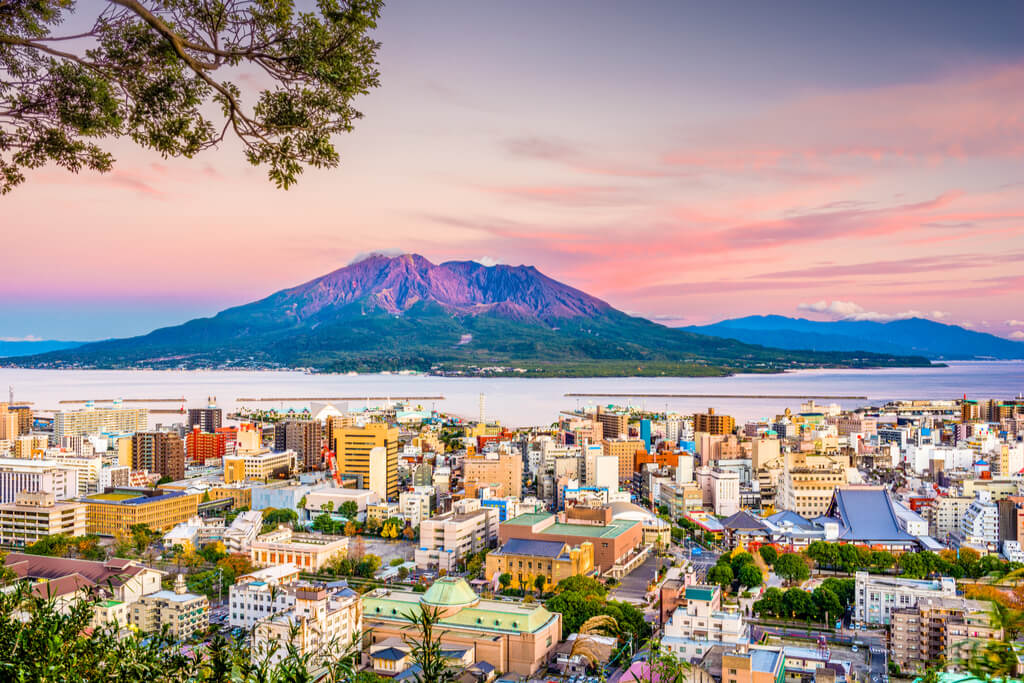
Kyushu, Japan, is more often than not overlooked by many tourists in favor of more popular spots like Tokyo and Osaka. But Kyushu is a hidden gem, being home to one of the friendliest populations and most breathtaking scenery in Japan.
We’ve prepared a perfect itinerary for seven days in Kyushu to sample some of its best delights, including: volcanic activity, a waterfall canyon, sand baths, onsens (Japanese hot springs), and some famous Inari rice shrines.
As this island is undeniably big, our Kyushu itinerary is planned for the northern side only. If you have more time, we recommend another seven days in Kyushu to check out all the beautiful southern areas too, not at least limited to: Yakushima, Kagoshima and Sakurajima.
Day One: Kumamoto
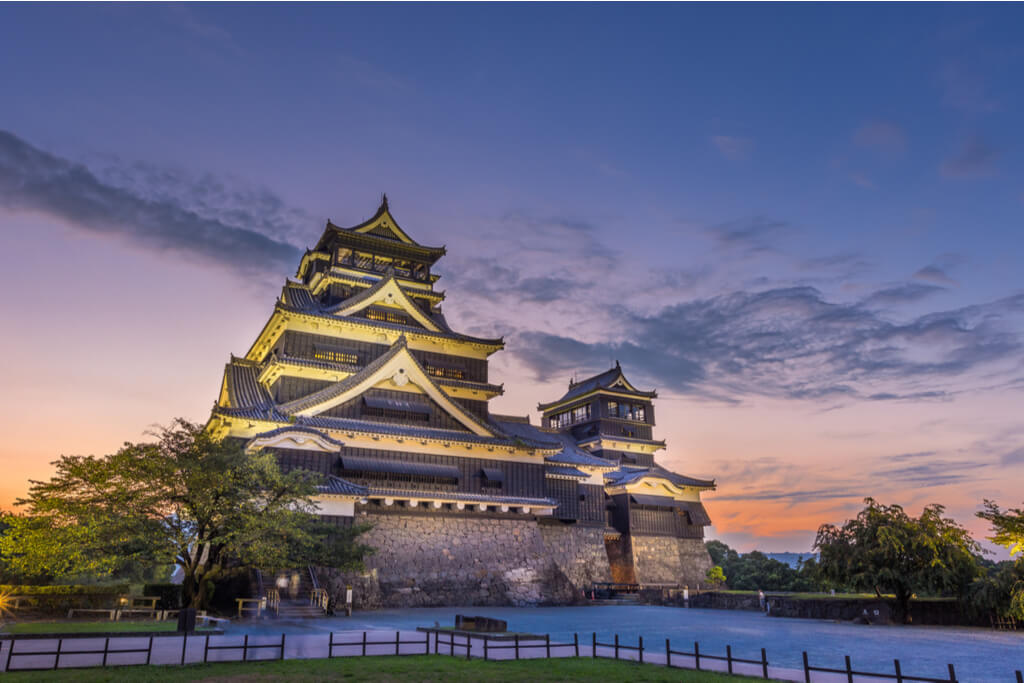
Your seven days in Kyushu starts with Kumamoto. Land in Kumamoto International Airport and get ready to relax for a day of historical sites and sightseeing, including Kumamoto castle. Kumamoto castle was constructed over 400 years ago by Kato Kiyomasa, head of the Kato samurai family.
After checking out the castle, head to Suizenji Jojuen Garden, a beautiful garden in the center of the city that comes complete with a large, peaceful pond.
Public transportation around Kumamoto is cheap. You can travel to these places by the local tram, for just 500 yen per day on a ticket which guarantees you rides all over the city. You can also purchase a regional pass from Japan Railway called a JR pass. The JR Kyushu pass has a Northern Kyushu option which is perfect for this itinerary.
While in Kumamoto, make sure you sample a bowl of the famous Kumamoto ramen (Japanese wheat noodles), with its signature garlicky broth with medium-sized noodles and garlic chips as a topping. It’s both a delicacy and one of the famous Kyushu ramen dishes! For vegetarians, the official Kumamoto Tourist Information site has a very handy list available.
Looking for a more at-home experience of Japanese locations like Kyushu? Sakuraco ships delicious local Japanese snacks, teas, and even tableware right to your door so you can taste Japan at home.
Day Two: Takachiho Gorge
If visiting the northern part of Kyushu, we definitely recommend the beautiful river in the canyon of Takachiho Gorge. To make it a perfect day trip, make sure to hire a rental boat to take you up the river. Many people who have visited Kyushu have stopped by this site. They also say that it can be really busy during Japanese holidays, so get there early to get a boat.
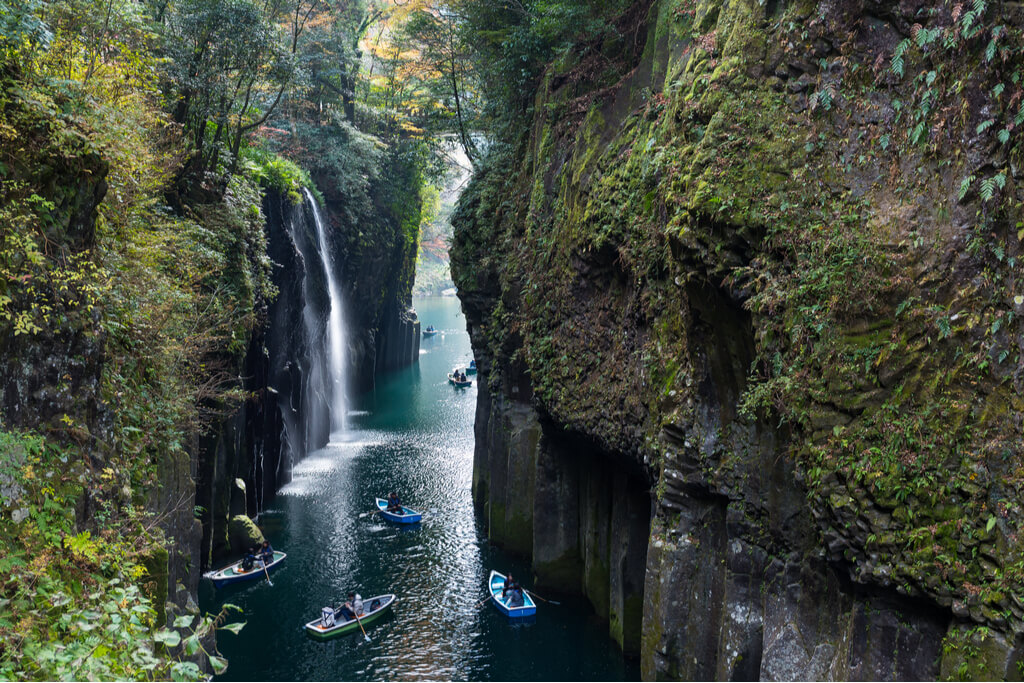
Paddle down the gorge, passing a breathtaking 17 meter-high waterfall and three awe-inspiring bridges. There is also a famous shrine surrounded by cedar trees and a fabulous onsen with a dry sauna within walking distance.
For the foodies, Takachiho’s local sake brewery even has one Michelin star, so make sure you stop by.
Day Three: Aso Caldera
On day three, take things up a notch on Mount Aso, Kyushu’s active volcano. Don’t worry – it’s safe! It’s a great chance to see an active volcano up close and one of the best hiking trails in Kyushu. Climb up the tallest mountain of the Aso mountainous range – Mt Nakadake – to look into bubbling pits, surrounded by space-like desert scenes. Just make sure to check beforehand since it might be closed due to volcanic activity.
The town of Aso is in the middle of one of the biggest calderas in the world, meaning it’s surrounded on all sides by mountains. It’s definitely worth a stop over to sample some of the great local food on offer and have a chat with some of the friendliest locals. They really know how to welcome visitors.
Day Four: The Hells of Beppu
Halfway through your seven days in Kyushu. Want to experience Japanese bath culture? Then take a plunge into the largest hot spring town in the world: Beppu.
To see devilishly hell-like, hot bubbling pools, head to The Hells of Beppu or jigoku (地獄). Perfect for a Halloween trip, a tour around the seven pools of Beppu in the Oita prefecture is great for children and adults alike and features pools in many varieties.
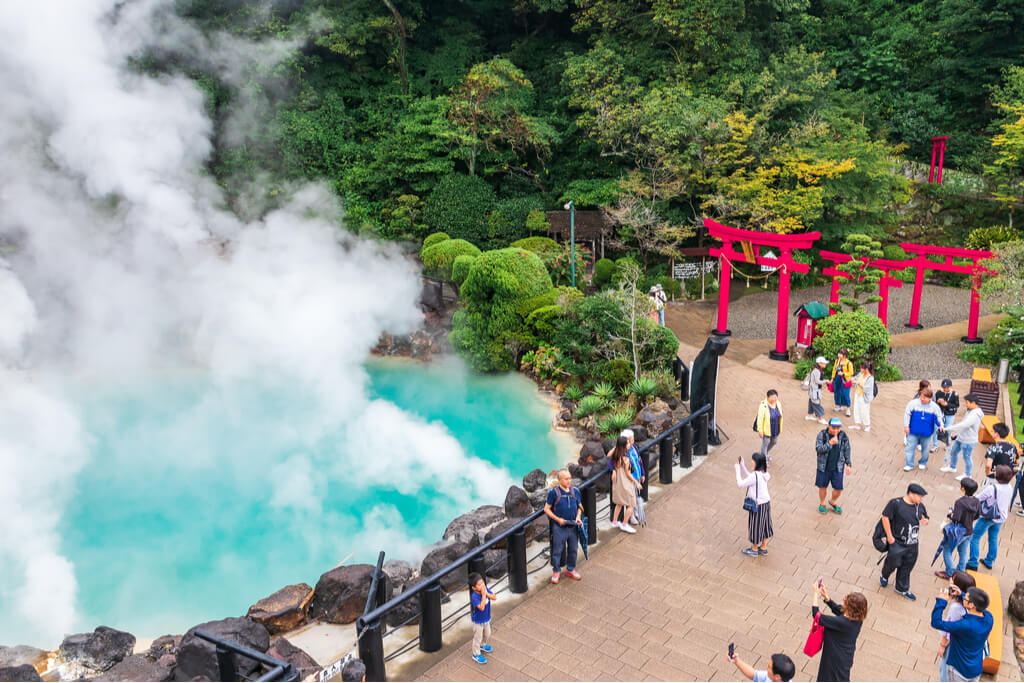
The area is famous for sightseeing and caters well to both day trippers and long weekenders. On the hell tour, guests are treated to local delicacies such as onsen-tamago, eggs soft-boiled in the water from one of the hells; and japanese pudding (purin) prepared in water from another.
For those who don’t fancy getting hellish, Beppu is also an onsen town famed for its mineral-rich springs in a myriad of variations, including mud baths. For those who like an adventure, try a Beppu sand bath: no water, just hot sand! The ultimate exfoliator.
Day Five: Sobering Nagasaki
After bathing in Beppu, we recommend a trip to Nagasaki, famous for its past as one of the cities hit by the atomic bomb.
When the bomb was dropped in 1945, it made a massive impact on both Japan and the world as a whole. The citizens of Nagasaki and beyond decided to build a memorial to remember loved ones, gather information related to radiation exposure, and usher in a new era of peace and reflection.
At the Nagasaki Peace Park, visitors are greeted by a 10m high peace statue, designed by Japanese sculptor, Seibo Kitamura. Inside the park is the Nagasaki Atomic Bomb Museum, which is a solemn place for visitors to reflect and learn about the effect an atomic bomb can have on its victims and beyond. It will definitely make the trip one to remember.
Day Six: Hakata Port Town
The biggest city in Kyushu has a great downtown port area: Hakata. As well as being one of the oldest towns in Japan, Hakata is a bustling port hub, home to many traditional buildings and plenty of temples and shrines.
Outdoor food stalls sell all kinds of snacks and many restaurants proudly sell Hakata Ramen, a pork-based ramen (tonkotsu) which is famous around Japan. At these ramen joints, hungry customers can take advantage of the kaedama system which enables diners to have free servings of extra noodles until the last of the soup is finished. This is a trait that is unique to Hakata ramen.
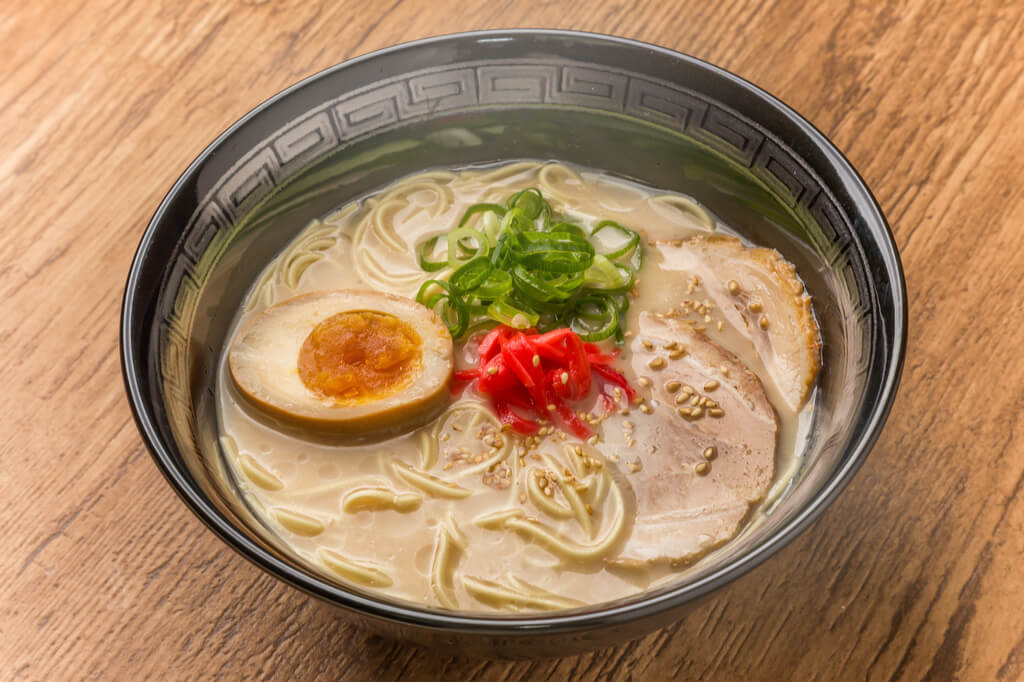
Nestled among the restaurants and shops are drinking bars that fill up as workers finish their day, head over to relax, and tell tall tales till the early hours. A fantastic place to soak up the atmosphere of a port town and perfect for meeting locals while hearing a story or two.
For art lovers, Hakata is also great for culture. The city boasts art galleries and several international festivals, such as the Fukuoka International Film Festival. The Fukuoka Castle ruins are the impressive, 400 year-old stone ruins of the largest castle in Kyushu where you can see elaborate illuminations during the winter months.
Day Seven: Kingdom of Fruits
After a fun-packed day in Hakata, head over to the nearby Ukiha City. Here, visitors are treated to fruit picking and fantastic views of rice terraces overlooking mountains. Enjoy the calm, local atmosphere and take home the ‘fruits of your labor’, all just a quick train ride from Hakata station.
Among the rice terraces, visitors will be able to walk up the 300 steps, right to the top of the 90 brilliant torii gates (large Japanese gates to mark sacred places), up to the Inari Shrine. Walking through these gates is said to bring prosperity and luck to whoever completes all 90 – well worth it. This will bring any holiday to a great, peaceful conclusion, so you can head back to your home with prosperity, luck, and lots of fruit.
As with all holidays, make sure to do what is right for your group. Research thoroughly and don’t forget to plan! When exploring Kyushu, be sure to check travel times before you go. As with Aso, be careful to check the local sites for any weather-related updates too.
Enjoy your seven days in Kyushu!

Discover authentic flavors with Sakuraco
Get Sakuraco 

Discover authentic flavors with Sakuraco
Get Sakuraco 
Related Articles
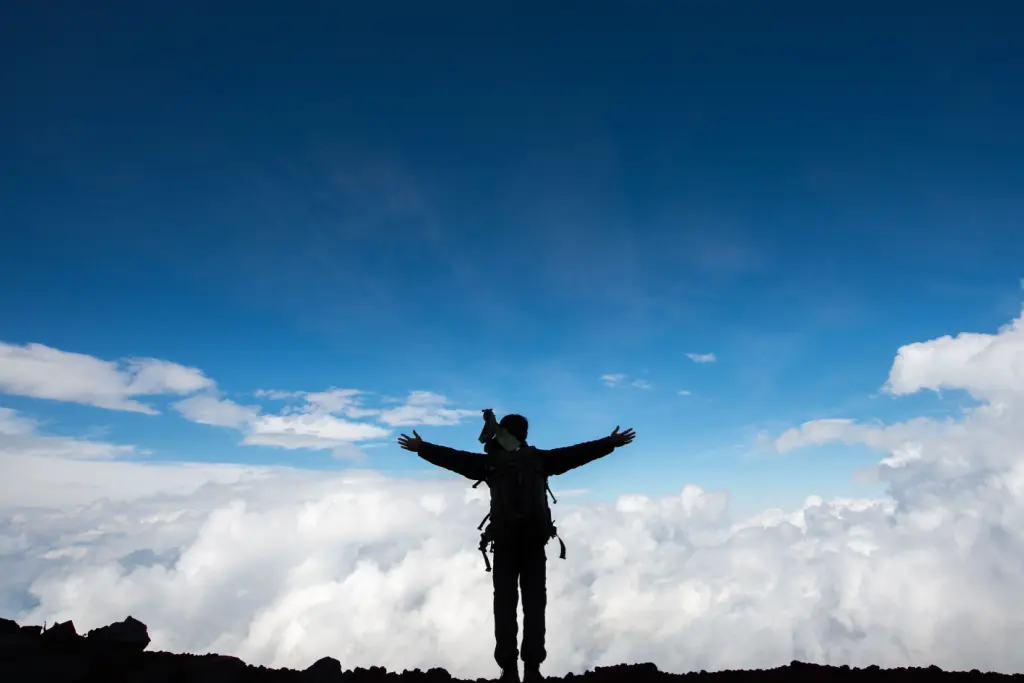
Mount Fuji Summit: Visit Sites Like Chureito Pagoda and More!
Rising at 3,776 meters (12,388 ft), the Mount Fuji summit is truly a sight to behold. On a clear day, you can even see it from Tokyo! This impressive volcano has inspired many poems, artworks, and pilgrimages for centuries.
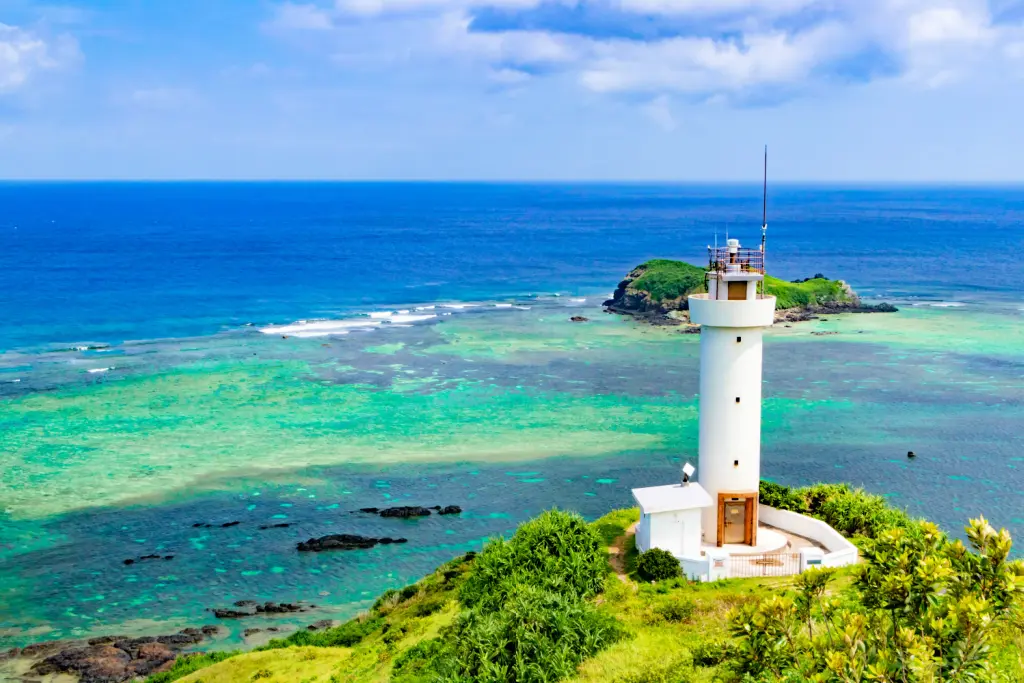
Okinawan Islands: Why You Should Visit Yaeyama!
While the rest of the country is famous for its high-speed trains and vibrant cities, the Yaeyama Islands move at the rhythm of waves and birdsong. This area will amaze you with its breathtaking natural beauty, blending majestic simplicity with the ancient cultural heritage. Keep reading to learn more about this Okinawan treasure!
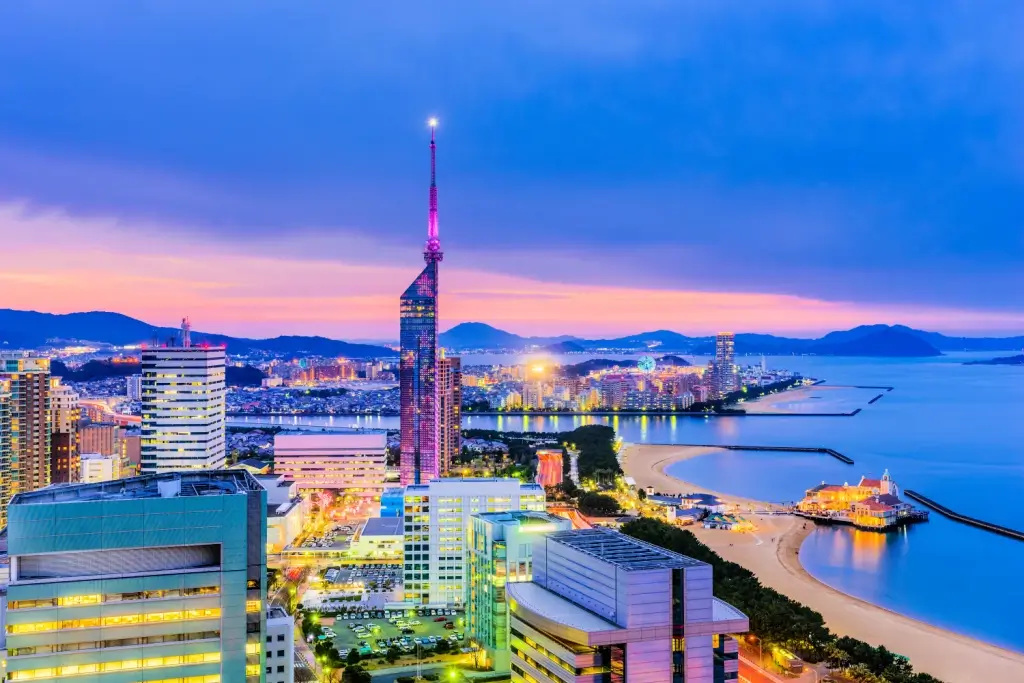
Hakata: Fukuoka’s Amazing Gateway to History!
Hakata Ward sits along the eastern edge of Fukuoka City, facing the sea. Hakata’s coastal location has long been a key gateway for trade and cultural exchange in Japan’s history. It remains a central hub of the Kyushu region’s politics, economy, and tradition.

Yakushima and More Popular Tourist Sites in Kyushu!
Unlike many crowded tourist spots, Kyushu’s landscapes and towns often remain quiet and untouched, offering a more profound sense of place. Here, you can walk through ancient forests, visit historical shrines, and enjoy local festivals that reflect centuries of tradition. Let’s explore some of the most well-known places on this beautiful island, starting with Yakushima!



